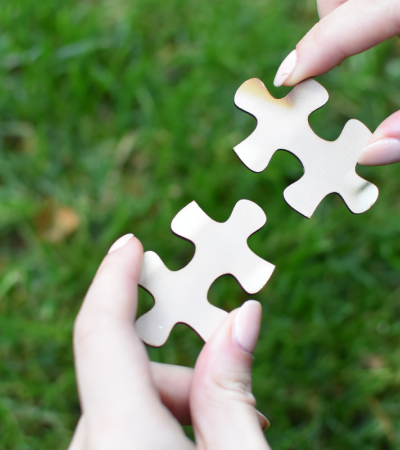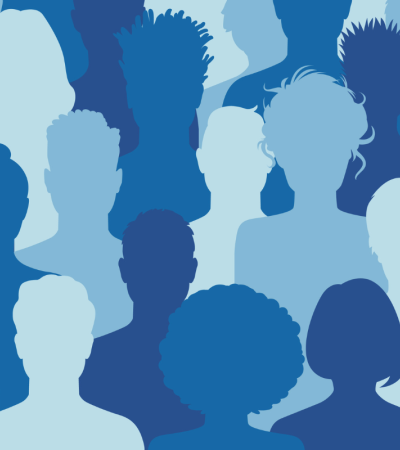As part of our research in this phase of the National Impact of Library Public Programs Assessment (NILPPA), we developed and administered a survey designed to give library workers an opportunity to talk about their experiences in partnering with community organizations. In previous posts, we shared information about the libraries who responded to this survey and discussed how libraries understand the “publics” they serve.
In this post, we focus on a second key question our survey asked: What did your partnership focus on? Our results show that libraries are pursuing partnerships to create a wide range of programs, and that many of these programs simultaneously address lots of different topics. Taken together, this indicates that partnerships are an incredibly effective way for libraries to further their community outreach and engagement efforts, and that there are lots of opportunities for forging partnerships with local organizations and institutions.
What Did Libraries Tell Us?
To learn more about the programs libraries are designing and implementing through their partnerships, we asked respondents to provide data on one particularly successful partnership, and to categorize it under one of 11 possible focus areas (which you can see in the chart below). Multiple options could be selected.
All of the 364 respondents who returned our survey completed this question, and in all, there were 840 responses to it. As this suggests, library workers see their partnerships as operating across many different focus areas. While this data does not reflect the entire landscape of partnered library programming, these 840 responses do provide a sense of how libraries are leveraging partnerships to support their programming goals. The most commonly selected answers were “education” (230, or 27.3%) “culture / arts / humanities” (114, or 13.6%), “health / wellness” (111, or 13.2%), and “library services” (73, or 8.7%).
Improving our Model
Looking at the data above, you might’ve noticed that when asked to classify the focus of their partnership, an unexpectedly high number of respondents (50, to be exact) chose “Other.” This suggests that the 11 topics that made up our initial partnership model were not as all-encompassing as we would’ve liked. In their qualitative responses, many library workers made note of this. Some identified areas not included in our model—for example, housing or services for non-English-speaking residents. At the same time, there was some confusion as to exactly what some of these categories included. For example, some of those who selected “other” described a partnership focused on literacy, which might be expected to fall under the “education” category. Similarly, while we considered food distribution to be a health-related service, some respondents engaged in this kind of work described it as “other.”
After receiving this input, we went back to the drawing board, and came up with a new partnership model. You can see this below. Version 2.0 includes three new topical areas (religion / spirituality, housing / social services, and bilingual / multilingual outreach), and also expands the education area so that it now includes partnerships with a focus on literacy.
Let’s Put It to Work!
As we move forward with this work, we’re curious to know what you think about this new model. How would you classify the partnerships your library’s involved in? What kinds of topics do your partnered programs focus on, and does the above graphic make sense when you think about the focus of your library partnerships?
Some other questions we’d love to receive input on include:
- Do you have any partnerships that don’t fit anywhere?
- Are there too many categories to choose from? Is it clear what belongs in each, and if not, how could we make things clearer?
- If you saw this list and realized that your library didn’t have any partners that could help address any of the above issues, would you be inclined to look for new partners in that area? Why or why not?
We’re excited to know what you think about these things, so please let us know how our survey results square with your own library’s experience. You can do this either by commenting below or by emailing us at programminglibrarian@ala.org.
These materials were produced for National Impact of Library Public Programs Assessment (NILPPA), a project funded by the Institute of Museum and Library Services. The authors are solely responsible for the content on this page.
Written by Knology. This blog has been co-posted on Programming Librarian, NILPPA and the Knology website.
Knology is a nonprofit research organization that produces practical social science for a better world. The organization pursues this goal to help professionals in a variety of sectors build inclusive, informed, and cooperative societies that can thrive together with the natural systems on which we all depend. As a transdisciplinary collective of over 30 social scientists, writers and educators, the organization's work process is built on equity, transparency and deliberation.


